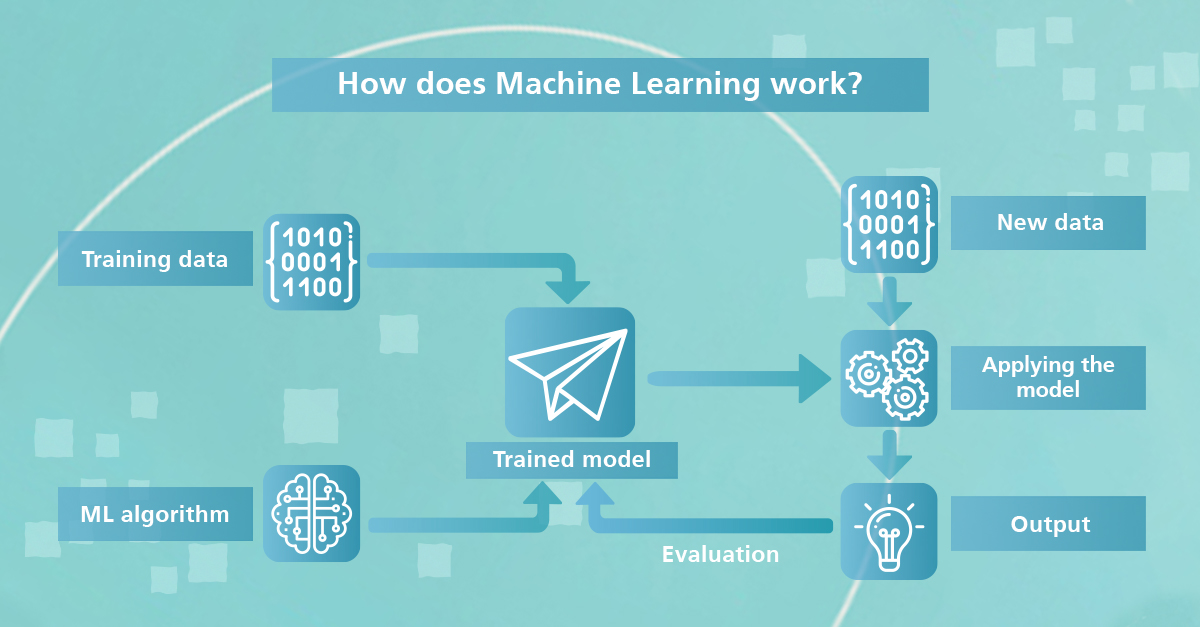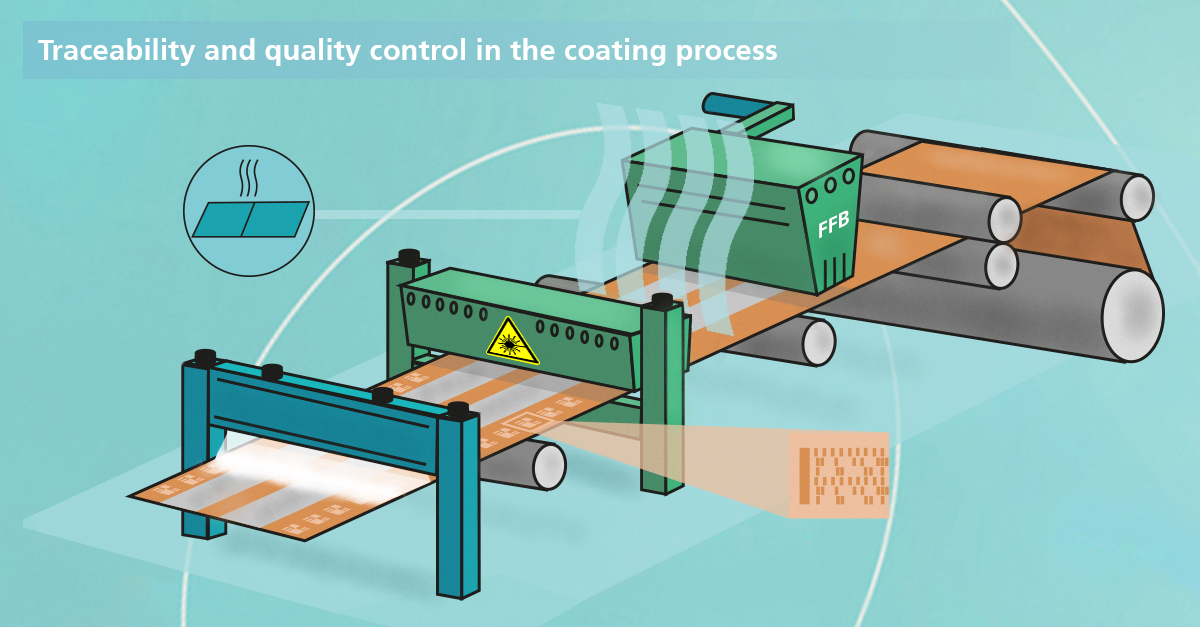How battery cell production can benefit from Machine Learning
The digitalization of battery cell production offers enormous potential for optimization to meet the high-quality requirements and at the same time produce as cost-efficiently as possible. Data-driven applications, such as the use of ML, can thus make production more sustainable and optimize quality. For example, by predicting cell quality based on intermediate products or predicting device failures and maintenance requirements. ML is used in battery cell production in three clusters, among others: In the process, the machines, and systems and in the product, the battery cell. We take a closer look at the process below.
Precise traceability and quality monitoring in the coating process
One exciting approach is the precise allocation of data to quality features and process parameters during the coating process. As explained in the blog post on the manufacturing process, the electrode paste is first applied to the carrier film in a wafer-thin layer before the electrode film passes through the drying channel.
The cells must first be clearly labelled on the electrode foil to ensure that they can be accurately traced. For this purpose, laser labelling with a data matrix code (DMC) is used and applied to the foil. This enables cell-specific data mapping.
The next step is quality control: possible coating defects, such as cracks or air bubbles, are not even visible to the human eye. A line scan camera is therefore equipped with a previously trained algorithm and can use the patterns it recognizes to check the film for defects and decide whether the film area should be processed further or excluded from further processing. The previously assigned codes make it possible to clearly localize the coating defects. This intelligent process control enables potential rejects to be recognized at an early stage, thereby contributing to the quality of the battery cell.


